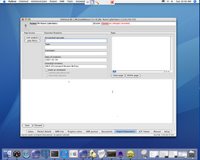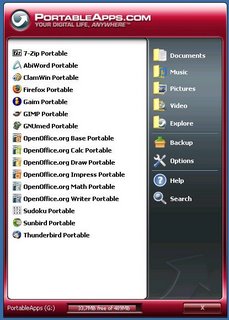
Als ich so darüber nachdenke wie sich GNUmed so entwickelt hat fällt mir ein, dass RadioTux vor Jahren mal ein Interview mit Karsten zu dem Thema gemacht hat. Die Kollegen von RadioTux gibt es noch heute und die haben sogar ein Archiv zu alten Sendungen.
Es stellt sich heraus, dass die Sendung 38 aus dem Jahr 2003 das Interview enthält (etwa ab Minute 6:49). Hört es euch an (ogg | mp3) wenn ihr wissen wollt was wir 2003 zu sagen hatten und was sich davon bis heute erhalten hat.
Im Archiv fand ich dann gleich noch zwei aktuelle (2007) Beiträge zu APW-Linux mit Claudia Neumann (mp3) und zu Linux im Gesundheitswesen von Karl-Heinz Heggen (ogg | mp3).
Wer Spass an den Sendungen hatte und RadioTux unterstützen möchte, der möge sich bitte die Supportseite ansehen.






